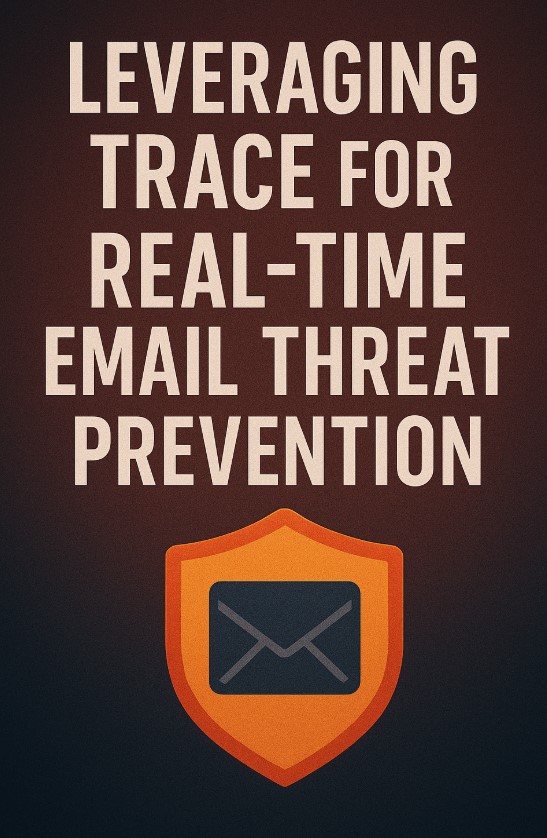
Leveraging TRACE for Real-Time Email Threat Prevention

In today's threat landscape, email remains the primary attack vector for cybercriminals, and the rise of generative AI has made phishing attacks faster, cheaper, and more convincing than ever. StrongestLayer launched precisely to confront this challenge, citing a "90 percent surge in phishing breaches as AI democratizes nation-state capabilities." With off-the-shelf AI tools, attackers can craft personalized spear-phishing in seconds, fooling over half of potential victims. Under these conditions, static filters and signature-based gateways falter. As one founder noted, legacy pattern-matching "systems don't just become ineffective – they become obsolete" against AI-driven social engineering.
StrongestLayer's answer is an AI-native email protection platform, built around an engine called TRACE (Threat Reasoning AI Correlation Engine). Unlike conventional filters that ask "does this look malicious," the system asks "what is this message trying to get the user to do, and does that make sense in context?" In practice, this means the platform interprets each email's intent, language, and context using large language models (LLMs) rather than relying on heuristics or blocklists. As MSSP Alert explains, StrongestLayer "leans on reasoning and intent analysis, using large language models to interpret context, semantics, and psychological cues behind a message, not just the structure of it." Simply put, the engine emulates a team of expert analysts – but at machine speed – enabling real-time email threat prevention that spots even novel or AI-crafted phishing.
In this blog, we'll explore how the system works and why it matters for enterprise security. We'll cover TRACE's reasoning-based detection, its unique pre-campaign threat hunting, deployment flexibility (no MX record changes required), and how it provides live user coaching and rich visibility for SOC teams. The goal is to paint a detailed, practical picture of the platform's proactive approach and the real-world challenges it solves.
The Evolving Threat Landscape: Why Traditional Email Security Falls Short
Enterprises today face a rapidly evolving phishing threat. With LLM-based automation, attackers can generate thousands of unique, tailored messages in minutes. Recent research cited by StrongestLayer shows generative AI can trick over 50% of users while cutting attackers' costs by nearly 98%. The result is a massive spike in phishing volume: for example, one analysis found quarterly phishing incidents surging 173% in a single quarter. Every day, enterprises collectively see billions of emails, with millions of sophisticated phishing lures hidden among them.
A threat dashboard view might break down recent email attacks by category. In this example, phishing URLs form the largest slice (39% of flagged threats), with Business Email Compromise (BEC) scams (29%) and malware links filling out the rest. Such dashboards help illustrate how diverse and active today's email threats are. Phishing is not just bulk spam; attackers now use AI to craft targeted messages in the victim's language and context. Traditional spam filters and signature scanners simply can't keep up. They treat the inbox as a static torrent of data, when in fact each message contains semantic clues about intent.
This context gives rise to a new approach: language and intent analysis. The platform was built on the premise that defending emails must evolve from keyword matching to natural language understanding. Rather than waiting for attackers to send malicious emails, the system infuses AI at every layer – from pre-attack hunting on the Internet to in-browser link analysis – to think like a human analyst. The contrast is stark. Traditional email security "relies on pattern-matching and static rules," whereas StrongestLayer's LLM-native platform "fundamentally reimagines how organizations defend against email-based attacks." By fusing threat intelligence with advanced AI reasoning, the engine can detect threats that would sail past legacy defenses.
Introducing TRACE: StrongestLayer's AI-Driven Engine
TRACE (Threat Reasoning AI Correlation Engine) is the core of StrongestLayer's platform – essentially the "brain" that interprets incoming email signals. At its heart, the system is not a single filter or rule set, but a multi-model LLM ensemble that ingests content, context and behavioral signals, and then "reasons" about each message's intent much like a security analyst. StrongestLayer's founders note that the engine is fine-tuned on vast cyber threat data, ingesting billions of indicators so that it has the "cognitive power of over a thousand analysts." In effect, multiple specialized AI "engines" operate in parallel within the system.
An Intent Engine models whether an email's storyline fits known scam patterns (CEO fraud, fake invoices, etc.), while a Malware Engine inspects attachments or URLs for hidden payloads. A User Context Engine checks the message against each recipient's typical communication style, and other modules gauge emotional cues like urgency or fear. These heads independently flag issues, and then the platform fuses their inputs into a single verdict.
The result is detection that goes beyond static signals. As MSSP Alert puts it, the system is "trained to recognize subtle manipulations, anticipate emerging phishing techniques, and flag threats that don't look like previous attacks." In practice, this means 100% detection across diverse attack vectors, compared with legacy systems catching only a small fraction. Put simply, the engine doesn't just scan for bad words or blacklisted domains – it examines why an email was written. By understanding context and semantics, the system can instantly sniff out, say, a ransom demand hidden in polite language, or a credential lure in a seemingly harmless message.
Here's a glimpse at some of the platform's key capabilities, which together make it a powerful enterprise email protection solution:
- Language and Intent Analysis: The platform's LLMs parse the email narrative – who sent it, to whom, and why. The system "peels back the text" to infer meaning and intent. For example, if a CFO email uses unusually flattering or urgent phrasing, the LLM picks up those social-engineering signals. It will ask: "Is this storyline an emergency fund transfer or a normal corporate update?" If the request is anomalous, the email is flagged. Conversely, a benign message won't be falsely flagged just for odd wording, because the AI considers the full context.
- Behavioral Baselines: Over time, the engine learns each user's normal email style – typical vocabulary, formatting, and tone. The platform discreetly builds these baselines (without exporting personal data externally) and uses them as another signal. Thus, if an executive's email suddenly switches to all caps urgency or a lower-level sender employs deceptive diction, the message stands out. Similarly, the system benchmarks "normal" link and domain behavior for the organization – if a link deviates (odd SSL cert, strange URL structure), it triggers an alert.
- Multi-Modal Correlation: The platform ingests not just text, but also technical metadata. Every link is checked against passive DNS and hosting patterns, and attachments are sandboxed and parsed. The engine correlates seemingly unrelated artifacts – e.g., two emails with the same hosting IP or design template – to reveal broad campaigns. Even brand-new phishing infrastructure can be flagged: the system's predictive AI spots naming patterns and hosting changes "before the first email arrives."
- Explainable AI: Unlike opaque black-box models, the platform provides human-readable reasoning. Whenever it flags a threat, the system generates a plain-language rationale – for example, "flagged because the domain was registered 2 days ago and the language matches known invoice scams." This transparency helps SOC teams trust the verdicts and learn from them.
- Real-Time Enforcement: The platform's decisions are enforced immediately. If an email is deemed malicious, the system can auto-quarantine or tag it before it hits the inbox. Unsafe links are blocked in the browser via a lightweight extension. Legitimate emails pass through uninterrupted, while dangerous ones trigger instant warnings. In effect, the system acts on threats in-flight – users and admins "don't have to wait for human operators" to catch up.
Together, these elements give enterprises an enterprise-grade email protection platform that catches AI-powered phishing. In side-by-side testing, the platform's intent-based approach detected every tested campaign across nine attack vectors – a level of coverage unreachable by legacy filters. Moreover, because the core is LLM-powered and continuously trained, the system stays effective as threats evolve. It doesn't require new signature updates when attackers shift tactics; instead, it learns autonomously from new data.
Pre-Campaign Threat Detection: Hunting Attacks Before They Launch
A standout feature of the platform is its pre-campaign threat hunting. Rather than waiting to see malicious emails, the system actively scans the attack surface on the open internet to spot phishing infrastructure before any user is targeted. In StrongestLayer's own words, this "pre-attack detection" provides "predictive defense, sniffing out campaigns before the first email arrives." Learn more in our white paper, The Collapse of Traditional Threat Detection in the AI Era, where the platform's predictive design and architecture are fully unpacked.
Technically, this works by continuously monitoring key signals that often precede an email campaign: newly registered domains, SSL certificate changes, hosting provider patterns, and more. For example, if a scammer spins up a fake login site (say, secure-upate.com impersonating a bank), the platform's domain intelligence kicks in. The system correlates the name with known brands (it might notice "upate" is a misspelling of "update" used before) and flags the hosting infra (maybe that IP address was used in recent phishing). Even if the site's content just launched, the LLM can analyze its appearance or form and recognize it as malicious.
When such a suspicious asset is detected, the system generates a pre-campaign alert. For instance, security teams might see a notice: "Potential fake login site 'company-bank.com' just registered." This warning comes days or even weeks ahead of any email blast. By blocking or sinkholing these newly identified domains, an enterprise can cut off the kill chain at its roots. One StrongestLayer report highlights how "zero-day phishing campaigns are often neutralized at birth" by this proactive hunting. In real terms, customers have seen the platform surface attacker infrastructure before launch, giving them precious time to respond. In the past year alone, StrongestLayer's predictive analysis helped detect and convict 4 million fraudulent phishing websites within days of creation.
The platform's pre-campaign capabilities mean that many AI-driven scams never even reach employee inboxes. By converging global threat intelligence with LLM foresight, the system "shortens the window of exposure" dramatically – often catching phishing at the reconnaissance stage. This proactive posture is a game-changer for enterprises: instead of reacting to every new tactic, organizations are alerted to threats in advance, effectively preventing incidents before they happen.
Seamless Integration: Deployment Without MX Changes
A critical real-world challenge for any new email security layer is deployment disruption. Many enterprises cannot afford to re-route all mail through a new gateway or alter MX records. The platform is architected for smooth integration via APIs and lightweight agents, not by forcing a mail flow reconfiguration.
In practice, the system connects into cloud email platforms (like Microsoft 365 or Google Workspace) using standard APIs. It also plugs into directory and identity providers, SIEM/XDR tools, and even the user's browser via an extension. This means organizations "add AI-native detection without ripping out" their existing infrastructure. For example, instead of redirecting MX records, an enterprise could enable the platform through the Office 365 Graph API. Incoming emails are duplicated (post-delivery) to the analysis pipeline, allowing real-time scanning without touching the original mail flow. This API-based approach avoids mail latency and preserves continuity.
In fact, industry reviewers highlight that the ease of deployment is a key advantage: modern email protection platforms tout "no MX record changes required" as a big plus. The system follows this trend by fitting into the security stack flexibly. Whether an organization has an on-prem gateway, a cloud CASB, or no email gateway at all, the platform's connectors can be slotted in. The "Inbox Advisor" component embeds directly in popular webmail clients to give users guidance, and a browser add-on protects against malicious links on the fly. But crucially, none of this requires intrusive changes to an enterprise's mail routing or user experience.
This ease of integration means that trying out the platform can be fast. StrongestLayer notes that the system "deploys in minutes, automatically detects emerging threats in hours, and empowers teams within days." There's no prolonged tuning period or risk of delivery problems. And because the platform builds on existing messaging and identity contexts, it enhances email security without the operational headaches of legacy gateways.
AI-Powered Phishing Protection: Understanding Language, Emotion, and Behavior
The platform's core strength is its language-driven intelligence. Let's unpack how it sees things differently from conventional filters:
- Semantic Understanding: When an email arrives, the system's LLMs treat it as a block of text to be understood. They analyze not just keywords but narrative flow. For instance, an invoice request is not judged by the presence of words like "bank" or "password", but by the scenario implied. If the story makes sense (the vendor customarily emails invoices, in the right tone), it's fine. If it's odd – say, a vendor inquires about "urgent access" to admin systems – the LLM spots the discrepancy. This kind of semantic analysis catches creative AI lures. In tests, even brand-new variations of CEO fraud or invoice scams are identified by intent, even if no specific signature exists. A cleverly spun AI phishing email can slip past static rules, but the system "sees through camouflage" by focusing on why the email was sent.
- Emotional and Psychological Cues: Humans are natural social engineers – they use urgency, fear, or trust to manipulate. The platform explicitly models these emotional signals. It will note if a message is unusually urgent, flattering, or fearful. For example, if a sudden email from the CEO asks for a "loan" and uses phony flattery or panic language, the AI flags these cues. Conversely, if a message from a known contact looks slightly off (bad grammar, odd formatting), that too raises a red flag. This emotional awareness helps catch deepfakes or AI-generated language. Unlike legacy systems that see only "words," the platform's LLMs grasp tone and psychology, letting it catch nuanced social-engineering tricks that linear scanners miss.
- Behavioral Modeling: The system builds per-user baselines so it knows what normal communication looks like for each employee. If a VP usually writes formal emails but suddenly sends one with emojis and sign-offs that mimic a teenager, the deviation doesn't fit the pattern and the AI will question it. Similarly, if a user typically never clicks external marketing links and then suddenly starts clicking random attachments, that anomalous behavior can trigger an alert. In effect, the platform ties message analysis to user profiles. This behavioral component is fluid – it adapts as employees join or roles change, ensuring the model of "normal" is always up to date.
- Multi-Modal Fusion: Real-world phishing blends text, images, attachments and links. The system doesn't silo these. Every URL is expanded and fed through a URL engine that checks reputation and visual similarity to known phishing sites; attachments are sandboxed and scanned by a Malware Engine. The LLM then "fuses" the findings: for example, it might see an email narrative urging credential entry, notice the attached file has strange macros, and spot that the destination link is a freshly registered domain. By combining all cues, the system detects complex multi-stage attacks (such as a malware dropper link hidden in a benign-looking message) that might evade any single tool.
All of these signals feed into one place: the platform's verdict engine. In this dashboard example, each incoming email is tallied by category (malware, BEC, spoofing, etc.) and further broken down by metric (e.g., daily average, top targeted users, impersonated brands). StrongestLayer's system then applies its LLM-powered reasoning to every message. The result is that phishing attempts and AI-generated BEC lures are identified and neutralized "before they reach your inbox" in real time. For threats that slip through initial filters, the platform still provides a second line of defense via user alerts and browser blocks.
In practice, this AI-phishing protection means fewer false positives and more true threats caught. The LLM contextual analysis drastically reduces unnecessary quarantines. For example, a legitimate password-reset email might look unusual (new link, unfamiliar phrase), but the system will let it through because it recognizes the normal reset scenario. Meanwhile, a cleverly crafted scam – even if it uses unique text or images – is caught by the intent engine or the URL engine. The bottom line is an enormous jump in detection accuracy compared to legacy filters. As StrongestLayer's figures suggest, the platform's intent-driven approach is orders of magnitude more effective at spotting today's social engineering attacks.
Live User Coaching and Adaptive Protection
Security isn't just technology; it's also about people. The platform is designed to involve users in the defense by giving just-in-time coaching and adaptive training based on real threats. Here's how it plays out:
When the system identifies a suspicious email, it doesn't just block it – it helps the user understand why. For instance, StrongestLayer's Inbox Advisor component can surface an inline alert in the user's mailbox. The alert might say something like "Warning: the sender's domain was registered yesterday and the language matches a known payment scam." This plain-language guidance arms the recipient with context and teaches them what to watch for.
Over time, every encountered phishing attempt becomes a learning opportunity. If an employee tries to click a risky link in the browser, the extension can pop up a dialog: "This link looks unusual. Are you sure?", explaining the risk.
For example, the AI Advisor interface above shows a real-time trust score for an email sender. It tells the user, "Safe to engage with John Doe, CEO of Marketing Collab. Inc." by showing that the email's origin aligns with the company's domain. Behind the scenes, the platform's analysis determined this sender is legitimate. (If things were off, it would similarly flag if the domain was new or mismatched.) The UI provides reassurance or warnings dynamically. Every such interaction reinforces good habits: users learn to recognize the subtle signs that the system has detected.
Meanwhile, the platform converts its live detections into targeted training content. The system automatically generates phishing simulations and training modules based on real incidents it catches. If one user falls for a fake invoice email during testing, the platform can immediately spin up a micro-training video or quiz about invoice scams, contextual to that scenario. This adaptability means that training is always relevant to current threats. Users effectively get coached in the moment, so security awareness programs become just-in-time and continuous.
On the backend, this engagement also benefits the SOC. The platform doesn't drown analysts in noise. Instead, security teams get a distilled digest of confirmed threats, each with an AI-generated summary of the why and how. This dramatically cuts alert fatigue. For example, when a wave of phishing was detected, the platform might batch them and note, "5 users were targeted by a CEO impersonation attempt; emails contained mismatched domains and urgent language." That clarity helps SOC focus on true risks, and even novices can quickly grasp the situation thanks to the human-centric explanations.
Real-World Use Cases and Enterprise Scenarios
To make these ideas more concrete, consider some real-world scenarios where the platform's approach shines:
New Business Email Compromise Attempt
A sales executive receives what appears to be an invoice email from a known client. The text is grammatically perfect (thanks to AI), but the subtext is slightly off – perhaps the closing line feels "too urgent." The platform's LLM picks up the intent: this email is asking for payment to a new account. Simultaneously, the domain check finds the sender's address was registered the day before. The system quarantines the email. The user sees an alert: "Payment request seems suspicious – domain is new."
The SOC reviews the explainable summary (domain age, high-pressure language) and confirms it's a scam. Because of the platform's semantic understanding and pre-campaign scanning, the BEC attempt is halted before any money transfers.
Exploit of a Newly Created Phishing Site
An attacker sets up a fake "intranet portal" website mimicking the corporate login page. In parallel, they prepare an email to employees pointing them to log in. Normally this could bypass some email scanners (the URL is brand-new, so no reputation yet). The platform's pre-campaign module, however, detects the new domain (almost identical to the company's name) and notices it's hosted on a suspicious cloud cluster.
Before the phishing email ever reaches anyone's inbox, the SOC is alerted and blocks the domain. When the email attempt is later sent, the system immediately quarantines it and warns employees with a detailed reason.
Spear-Phishing with Deepfaked Language
A sensitive executive gets an email that on the surface looks like an urgent request from the CEO. It even uses terms and phrasing that the CEO often uses. But the platform's User Context Engine knows that this executive has never before been asked for money by the CEO via email, and the style is slightly formal compared to the CEO's usual voice. The Intent Engine analyzes the narrative and compares it against thousands of known CEO-fraud examples, finding a close match. The email is flagged.
The employee sees an alert: "This email looks like a CEO impersonation attempt. The message's tone is unusual." The executive double-checks with the CEO via a quick call, averting a potential fraud. Meanwhile, SOC sees how the system linked this attempt to known BEC patterns and uses that incident as the basis for a targeted staff brief, reinforcing training on CEO impersonation.
Adapting to a New Malware Lure
Suppose attackers start adding a subtle malware-laced attachment to a common phishing template (e.g., an attached spreadsheet with a macro). Traditional filters with outdated signatures might not catch this zero-day malware. The platform, however, sandboxes the attachment and feeds its behavior into the LLM. The LLM correlates the malicious pattern with the email's intent (say, a familiar tax document request). It immediately flags the combined scenario: "Attachment contains unusual macros and does not fit typical document patterns."
The email is blocked with an explanation, and a simulated phishing exercise is spun up for finance staff focusing on macro-embedded attachments. The SOC also receives an AI-summarized alert linking this incident to a rising global trend in macro phishing.
These examples illustrate how the platform's multi-faceted intelligence works in practice. It reasons through the entire context of an attack – from infrastructure to language cues to user behavior – and responds in real time. Enterprises deploying the system report that threats which once surprised them are now caught "before they hit the inbox," and that each intercepted attack becomes a teachable moment for their workforce.
Enterprise Email Protection Platform: Putting It All Together
StrongestLayer's platform is more than an add-on filter; it's a comprehensive enterprise email protection solution built for the AI era. Its architecture – a unified "LLM stack" – is designed to continuously evolve. Whenever the system blocks a new phishing site or flags a novel email pattern, that intelligence feeds back into the model, strengthening the system across the board. The platform then automatically updates its simulated phishing campaigns and user training with the latest tactics, creating a feedback loop.
From a deployment standpoint, organizations appreciate that the system layers on top of what they have. It leverages existing email environments while dramatically boosting detection. By being "API-first," it avoids the complexity of rewiring mail flows. And because its core is AI-driven, it scales easily: MSSPs and large enterprises can protect thousands of mailboxes with no extra manual tuning.
On the user side, the platform's human-centered design earns buy-in. Instead of hidden scanning that employees never see, it extends their security awareness in a friendly way – reassuring them about safe emails and gently warning about dangers. Over time, employees actually learn to spot the patterns that the system finds suspicious, because the platform gives immediate feedback.
For SOC and security leaders, the platform provides a single pane where email threat intelligence converges. The system's logs, alerts, and summaries feed into SIEM and SOAR systems, integrating with broader security analytics. This means email attacks don't live in an isolated silo; they tie into incident response workflows and enterprise risk dashboards. Analysts can query: "Show me all new domains registered this week that match our company branding" – and the platform's data is already there.
Key takeaways from the platform's approach include:
- Real-time, context-aware threat blocking (every email analyzed on delivery)
- Proactive campaign hunting (domains and sites flagged before emails are sent)
- Adaptive defenses (continuous model retraining on new phishes)
- Explainable risk feedback (plain-language user and analyst alerts)
- Seamless deployment (integration via API/agents with no MX record change)
Together, these capabilities represent a paradigm shift in email security. Enterprises leveraging the platform report that previously hidden threats now surface instantly, and they regain confidence in their email channel's safety. In an environment where AI enables more sophisticated phishing every day, the system's LLM-native, intent-driven engine provides the proactive defense that modern enterprises need.
Final Thoughts: Proactive Email Security with StrongestLayer
The era of AI-powered phishing demands a fundamentally new defense strategy. StrongestLayer's platform embodies that strategy – it thinks with human-like insight, acts with machine speed, and never stops learning. By focusing on intent and context, deploying preemptive threat hunting, and actively engaging users, the system shifts the balance back to defenders.
For enterprise IT leaders, the message is clear: real-time email threat prevention is possible, and it requires moving beyond legacy tools. The platform demonstrates that an AI-native email protection solution can stop attacks at every stage – from the first reconnaissance domain to the final social-engineering email. In doing so, it protects organizations not only against today's phishing waves but against whatever new tactics emerge tomorrow.
StrongestLayer's approach isn't just another filter; it's a glimpse of how email security will work in the AI age – empowering both machines and people to stay one step ahead of threat actors.
Frequently Asked Questions (FAQ)
Q1: What is TRACE and how does it differ from traditional email security?
TRACE (Threat Reasoning AI Correlation Engine) is StrongestLayer's AI-native email protection platform. Unlike legacy gateways that rely on static signatures or rule-based filters, the system reasons about each message's intent, language, and context using large language models. It also hunts for phishing infrastructure before any email is sent, delivering true real-time, proactive defense.
Q2: How does the platform perform pre-campaign threat detection?
The system continuously monitors the open internet—new domain registrations, hosting clusters, SSL certificates, and more—and correlates these signals with known phishing patterns. By flagging suspicious infrastructure early, it stops campaigns at the reconnaissance stage, often detecting fraudulent sites within days of creation.
Q3: Can the platform be deployed without changing MX records?
Yes. The system integrates via APIs and lightweight agents into Microsoft 365, Google Workspace. It analyzes emails in parallel without rerouting or delaying mail flow, so you get immediate protection without infrastructure disruption.
Q4: What kinds of attacks can the platform stop?
The system's multi-engine approach covers:
- AI-generated spear-phishing and BEC scams
- Zero-day email threats and malspam
- Brand impersonation and domain spoofing
- Malware attachments and link-based threats
- Insider-style social-engineering campaigns
Q5: How does the platform engage end users in security?
Through its Inbox Advisor and browser extension, the system provides real-time guidance—"Safe to engage" or "Suspicious"—and just-in-time training tips. When a threat is flagged, users see a plain-language rationale, turning every intercepted attack into a teachable moment.
Q6: Does the platform generate a lot of false positives?
No. Because the system reasons about context, semantics, and behavioral baselines, it achieves high precision. Early adopters report up to 90% fewer false positives compared to signature-based filters, reducing alert fatigue and ensuring critical alerts aren't missed.
Q7: How does the platform integrate with SIEM or SOAR platforms?
The system exports explainable alert data—threat categories, confidence scores, MITRE ATT&CK mappings—via standard logs and APIs. This allows SIEM and SOAR tools to ingest email-threat intelligence directly, enabling automated workflows and centralized incident response.
Q8: What are the initial results enterprises see with the platform?
Organizations report:
- Immediate "zero-day" protection, no warm-up required
- Drastic reductions in phishing click rates
- Early warning on 4 million+ fraudulent sites in year one
- Improved user vigilance through adaptive training
- Simplified operations with API-first deployment




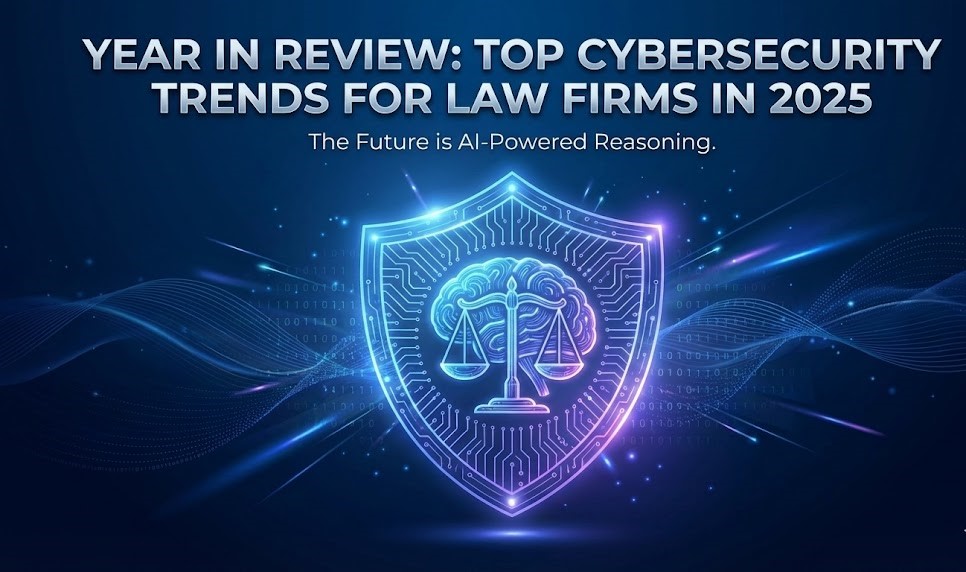
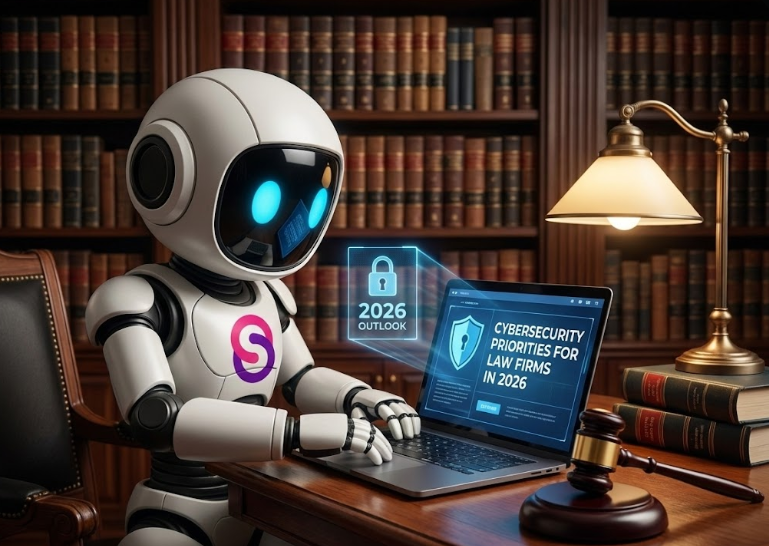

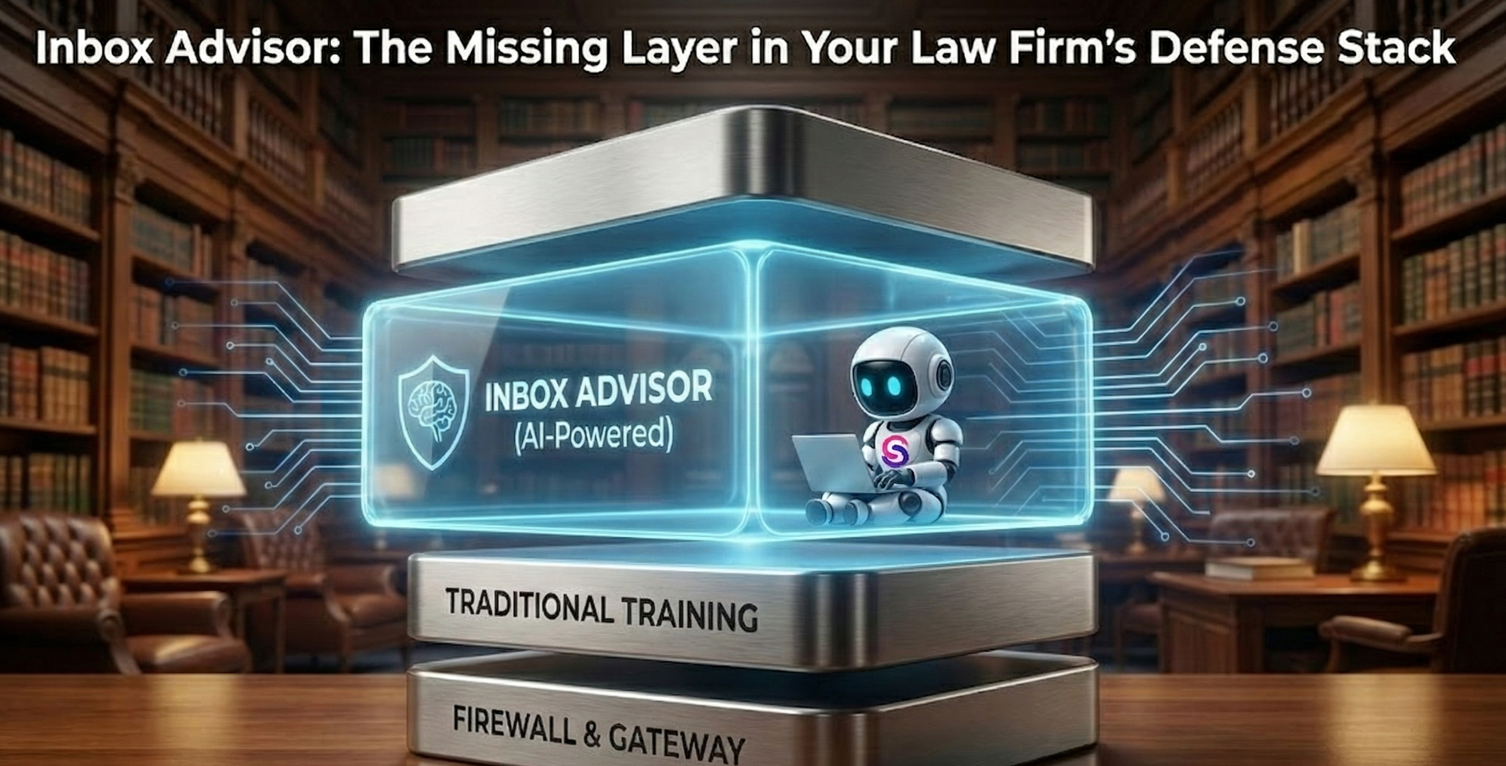
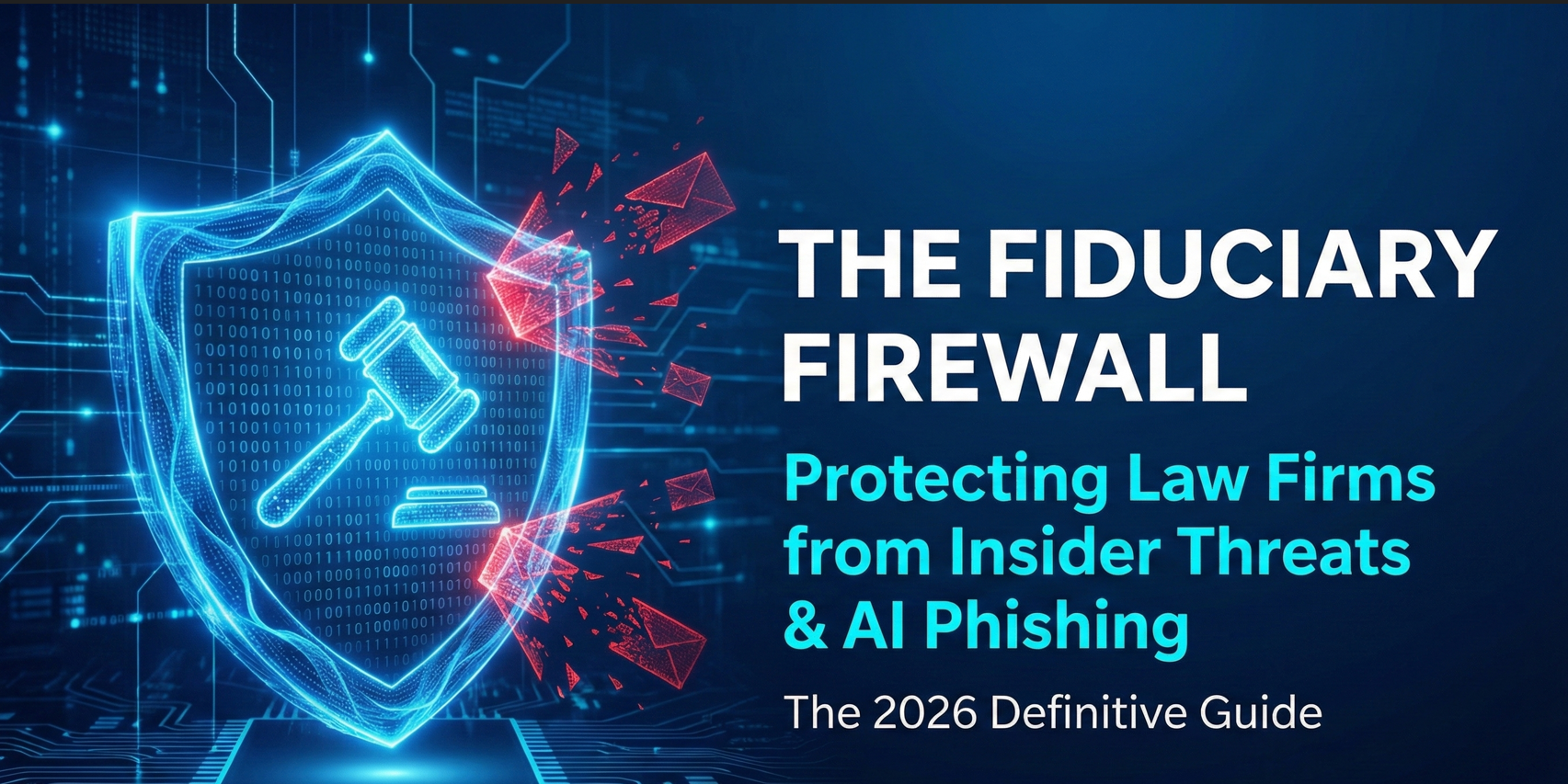
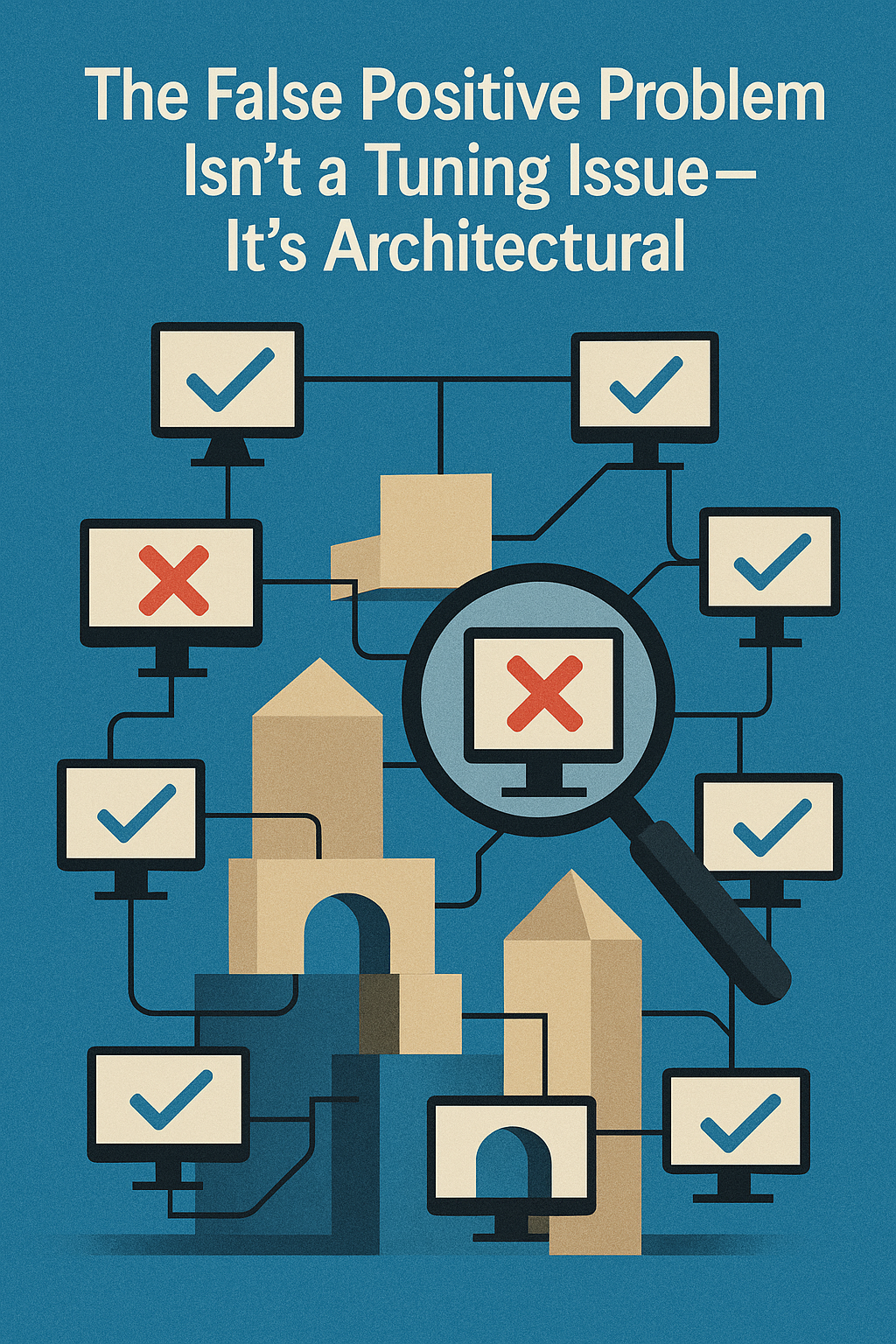
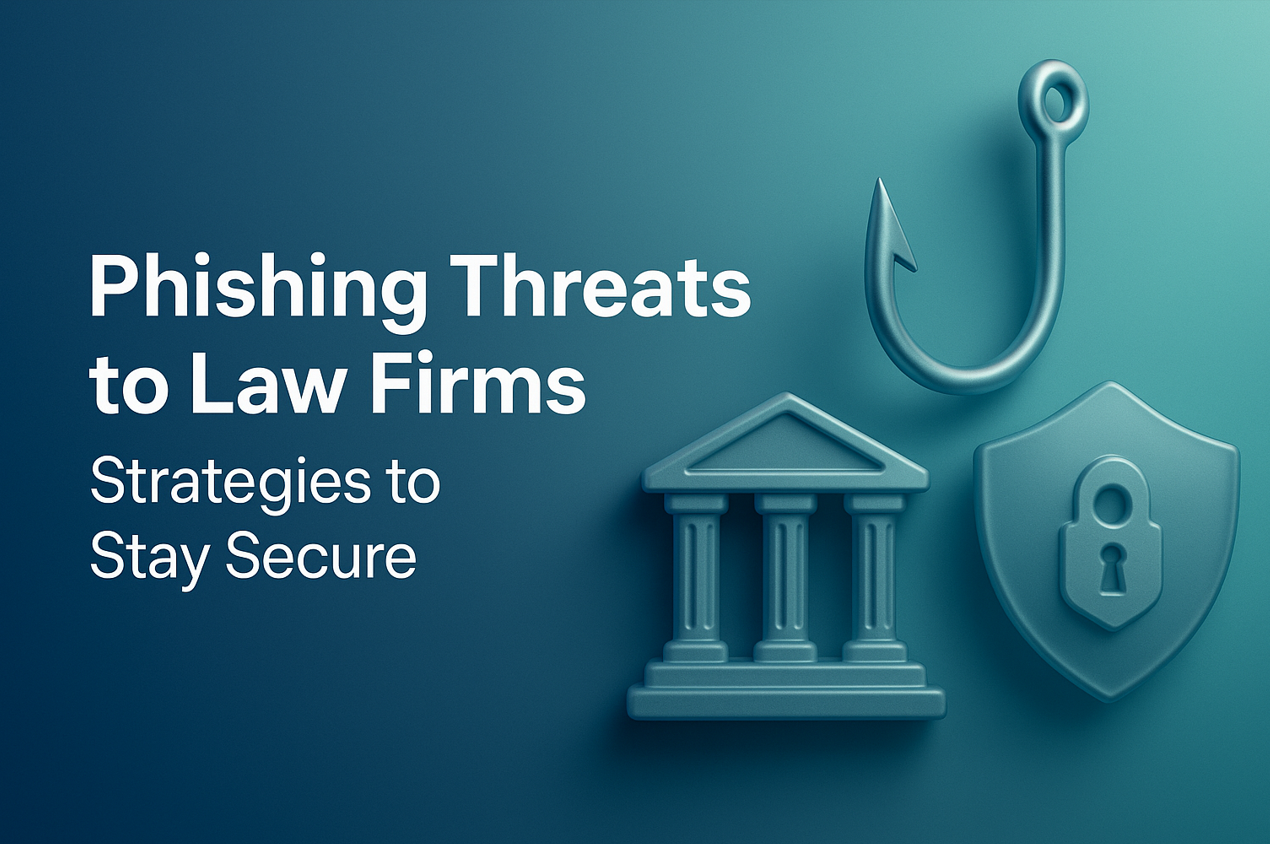



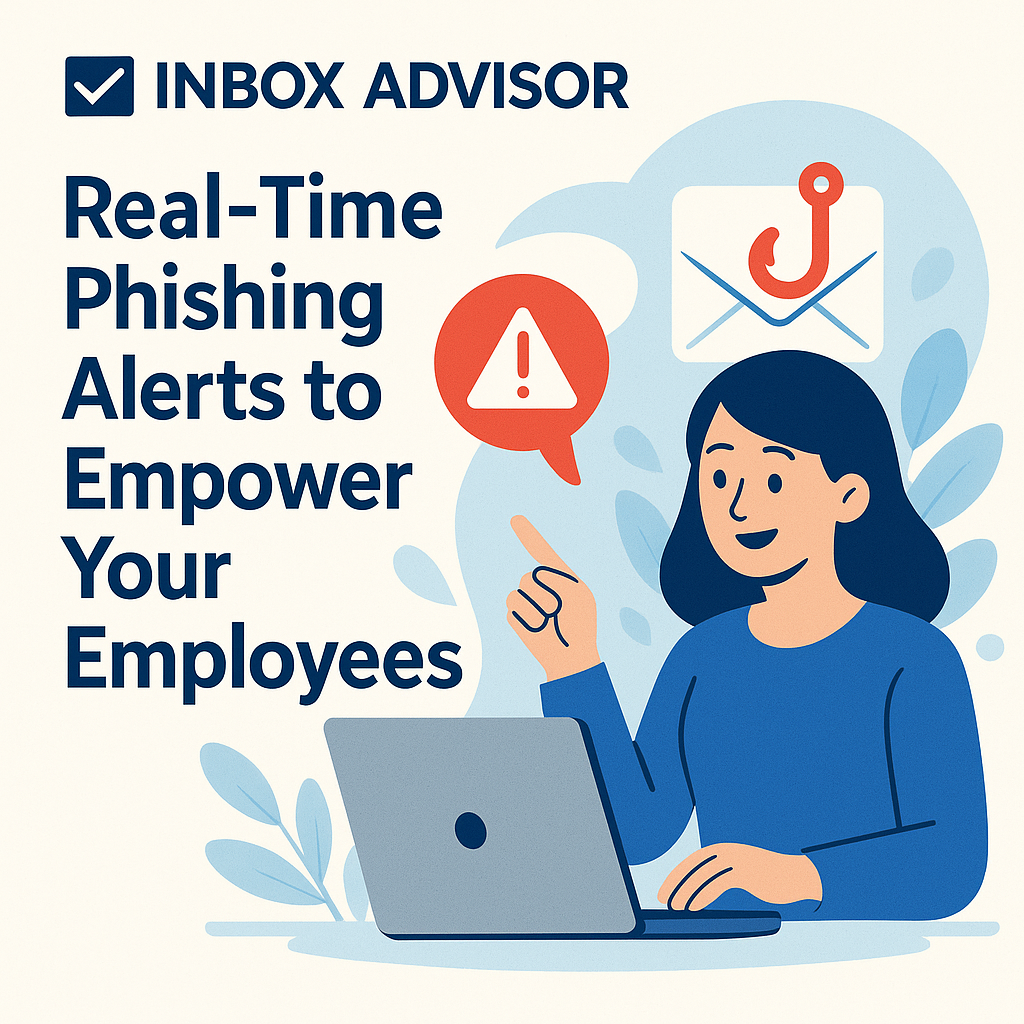



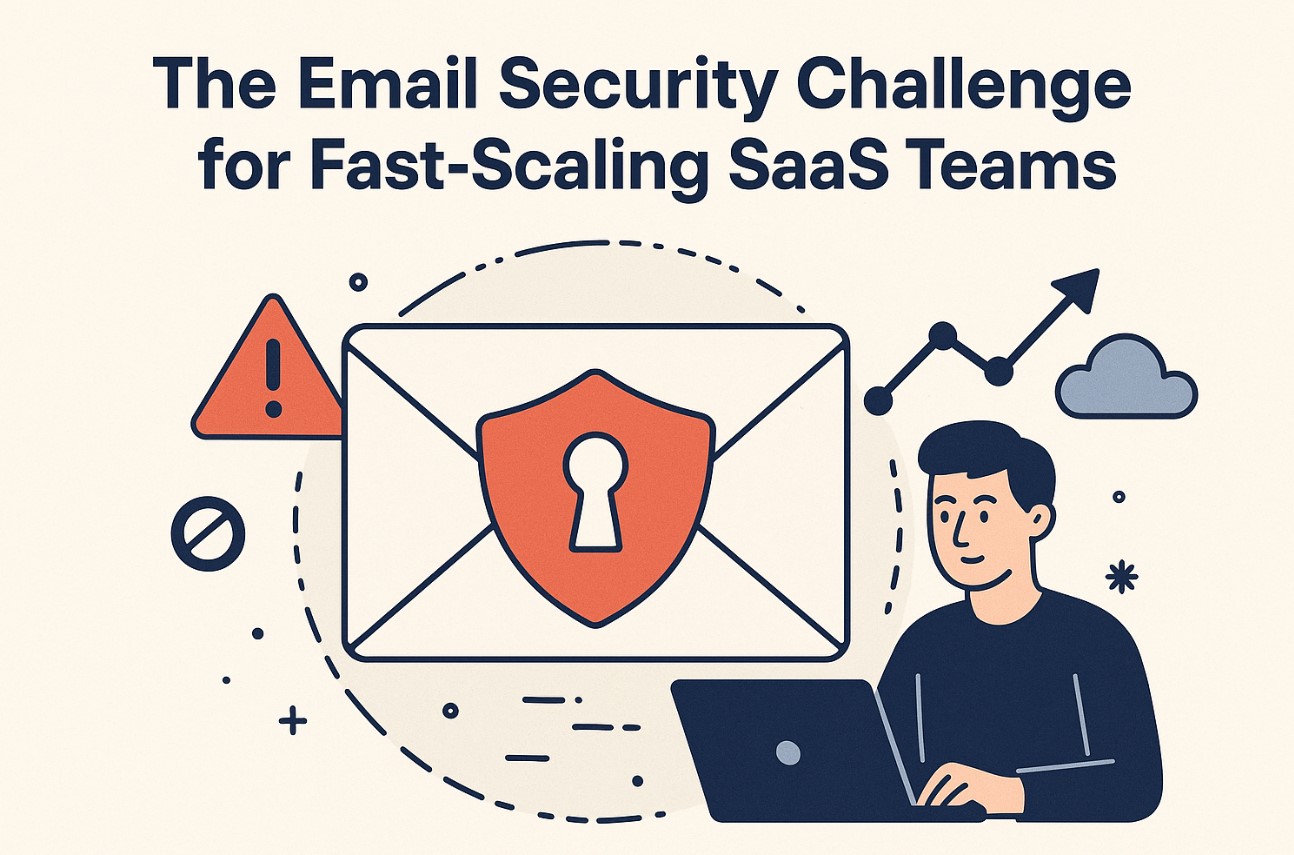
.png)
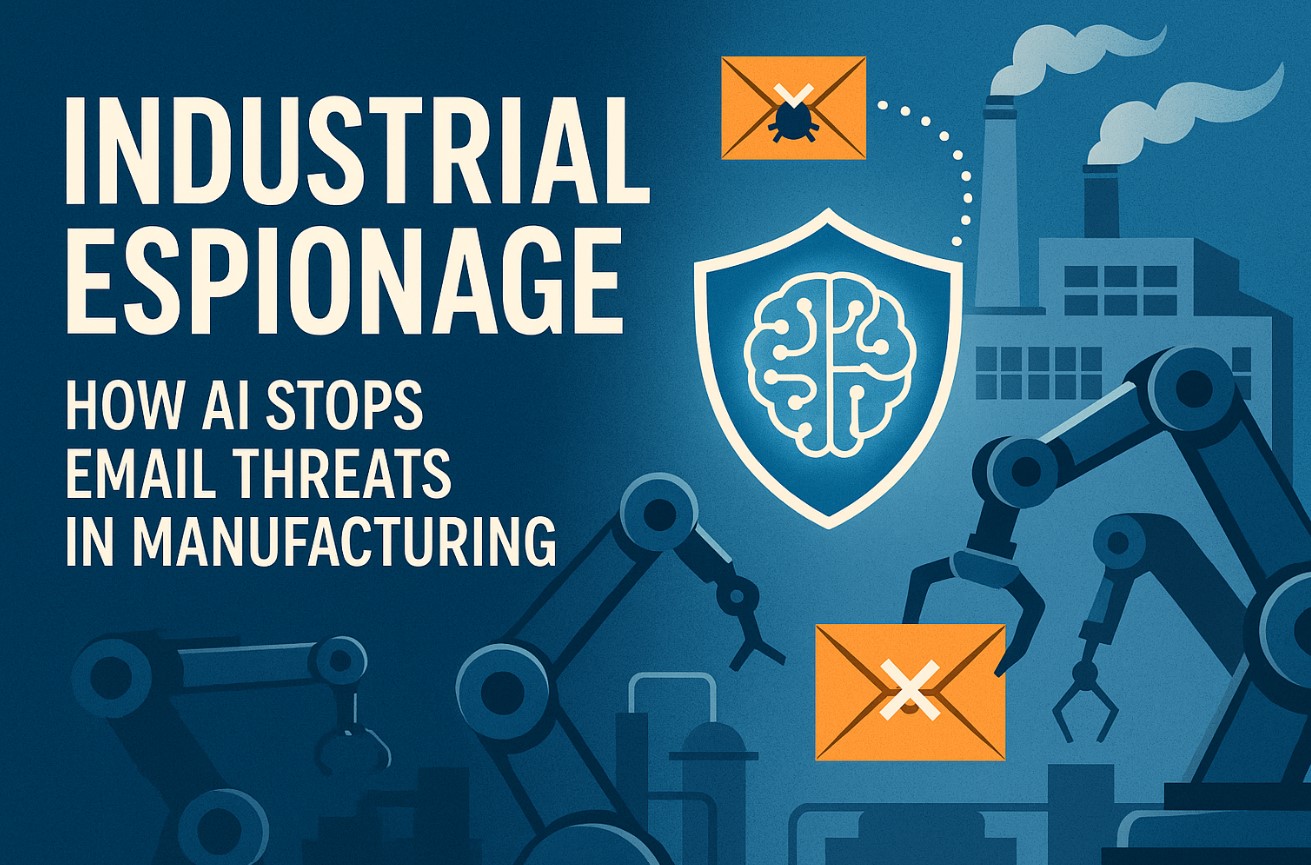

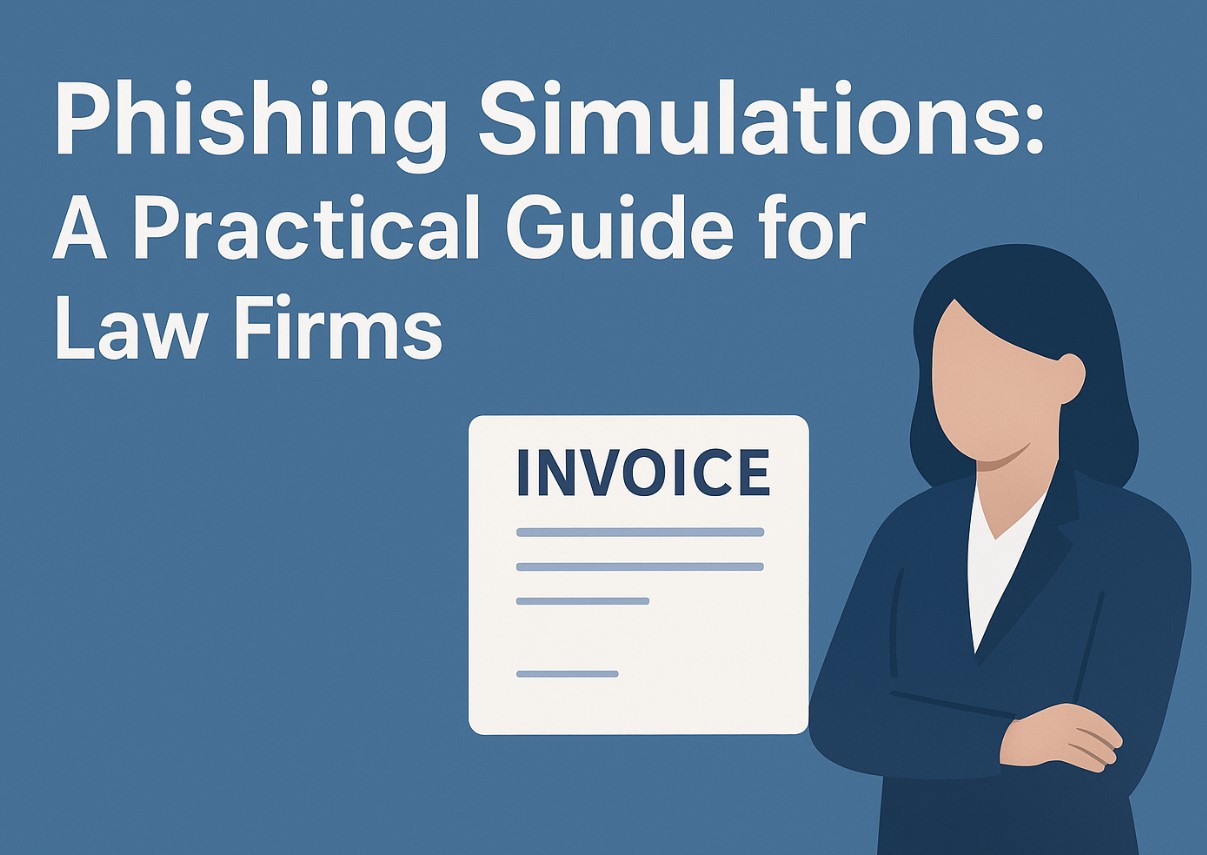
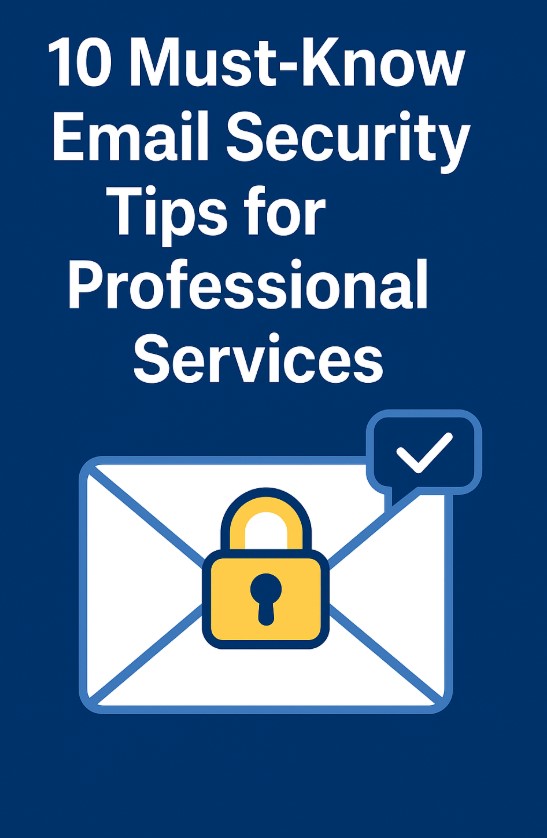

.png)
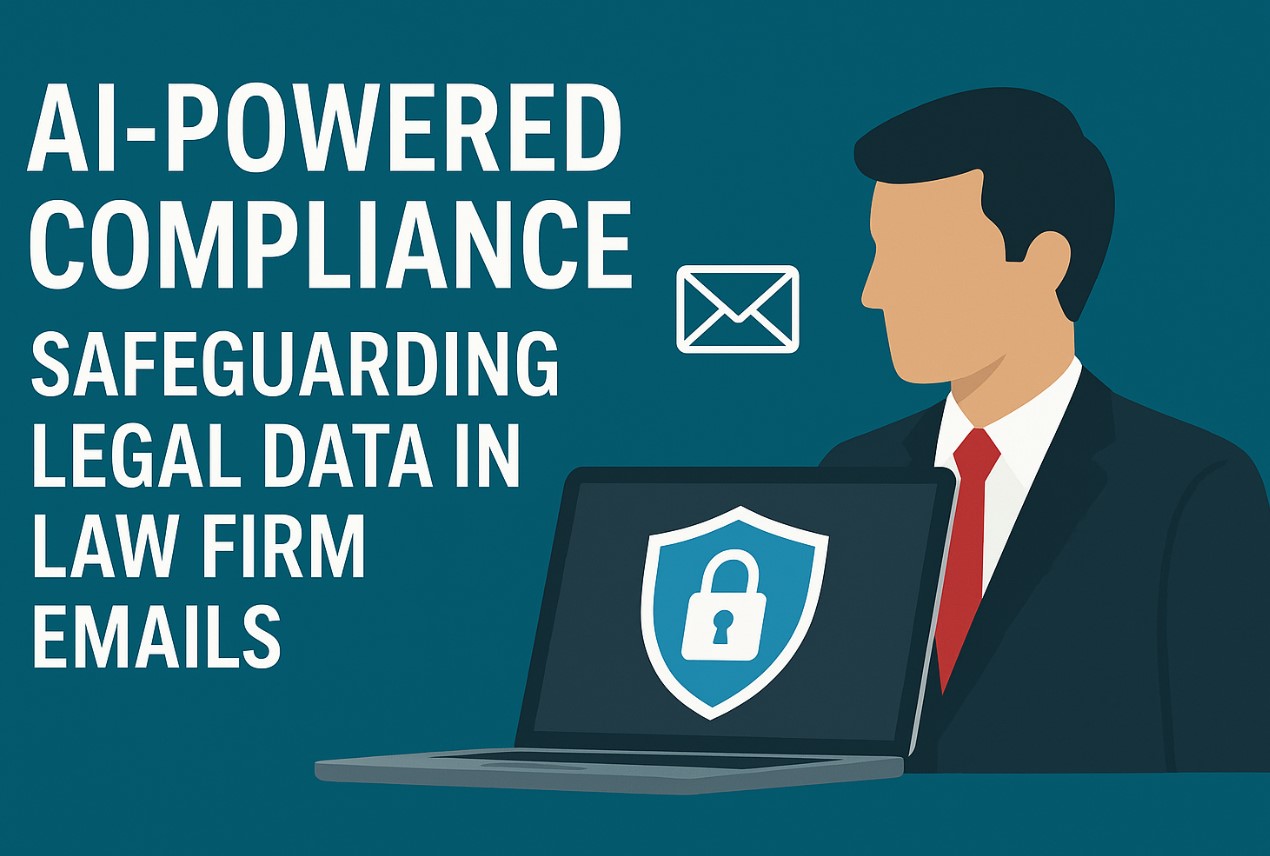

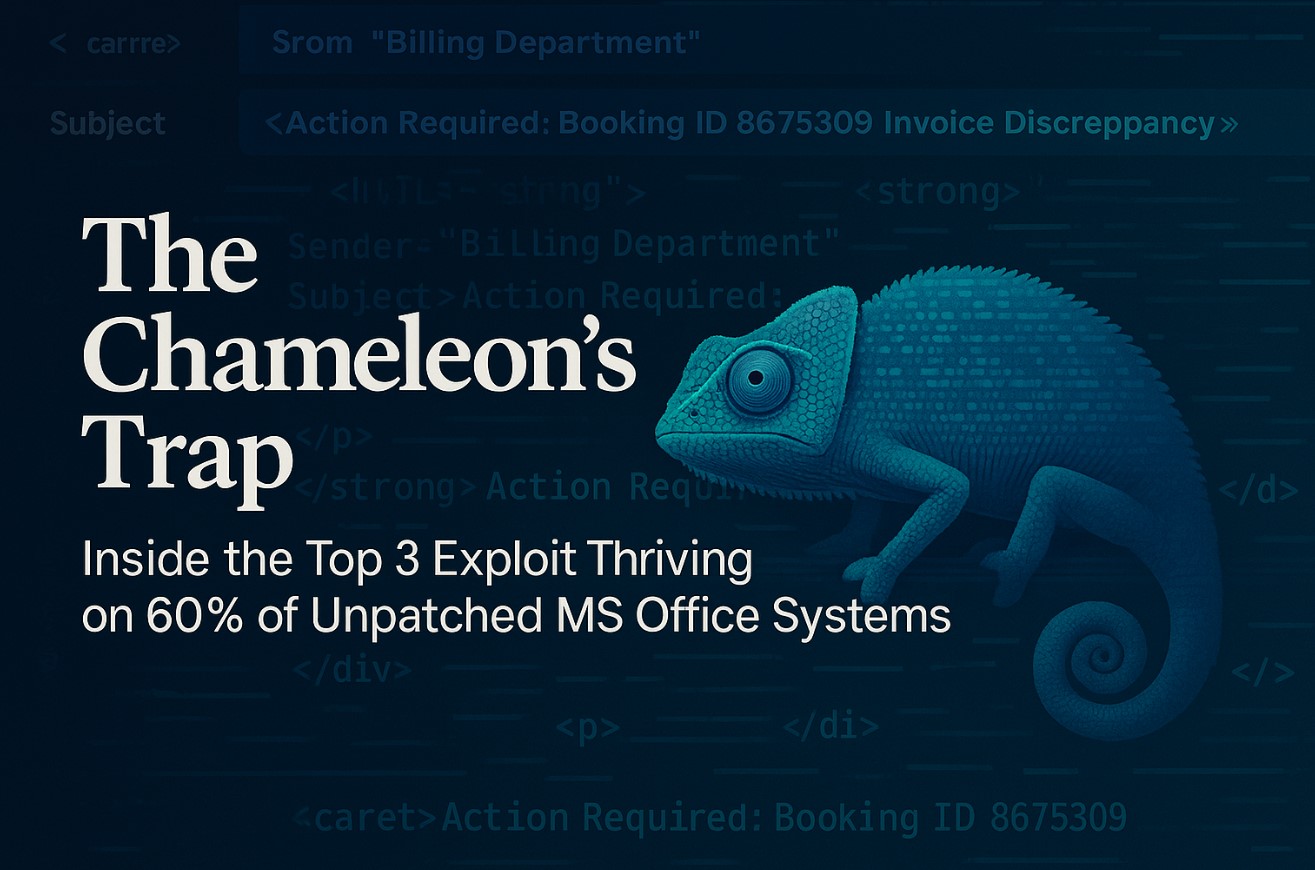

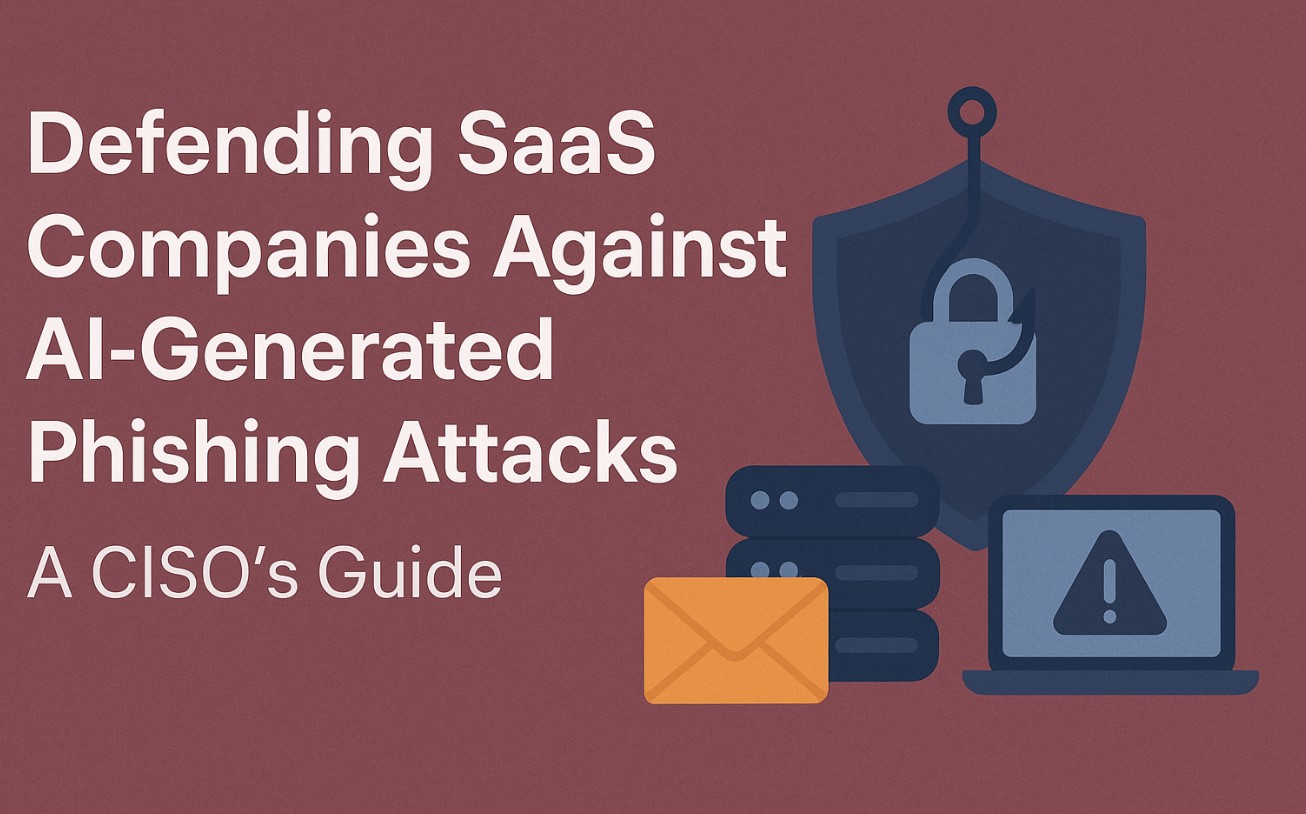


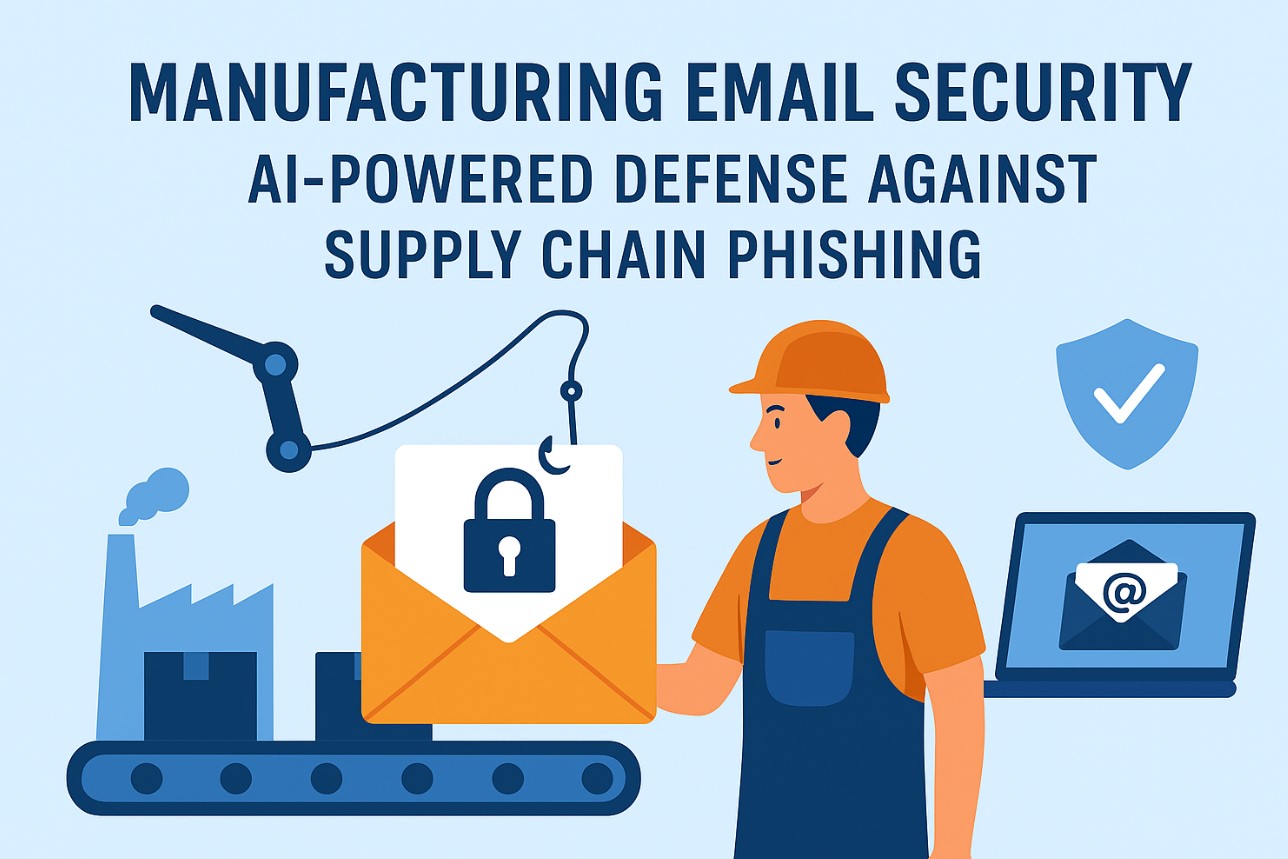
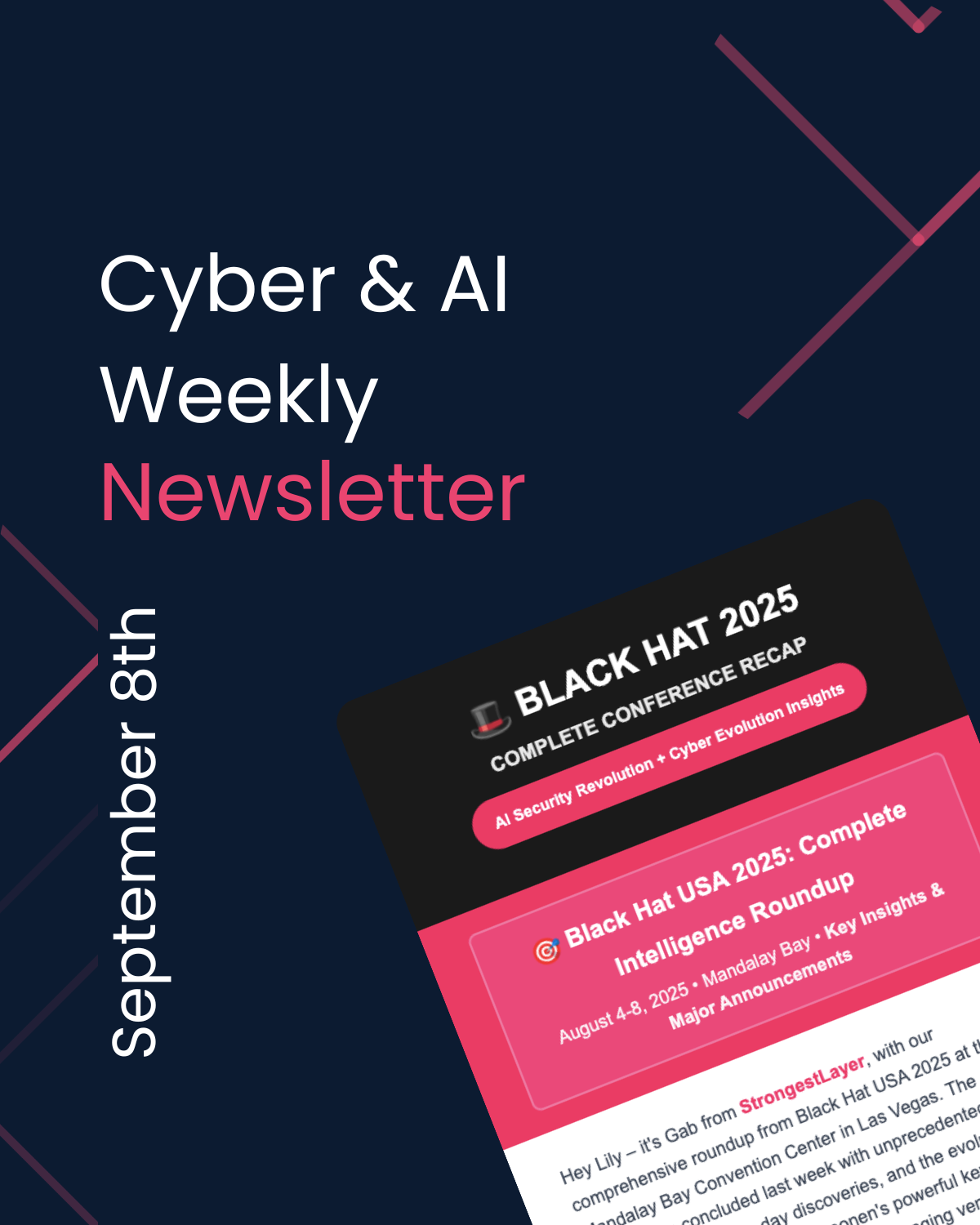
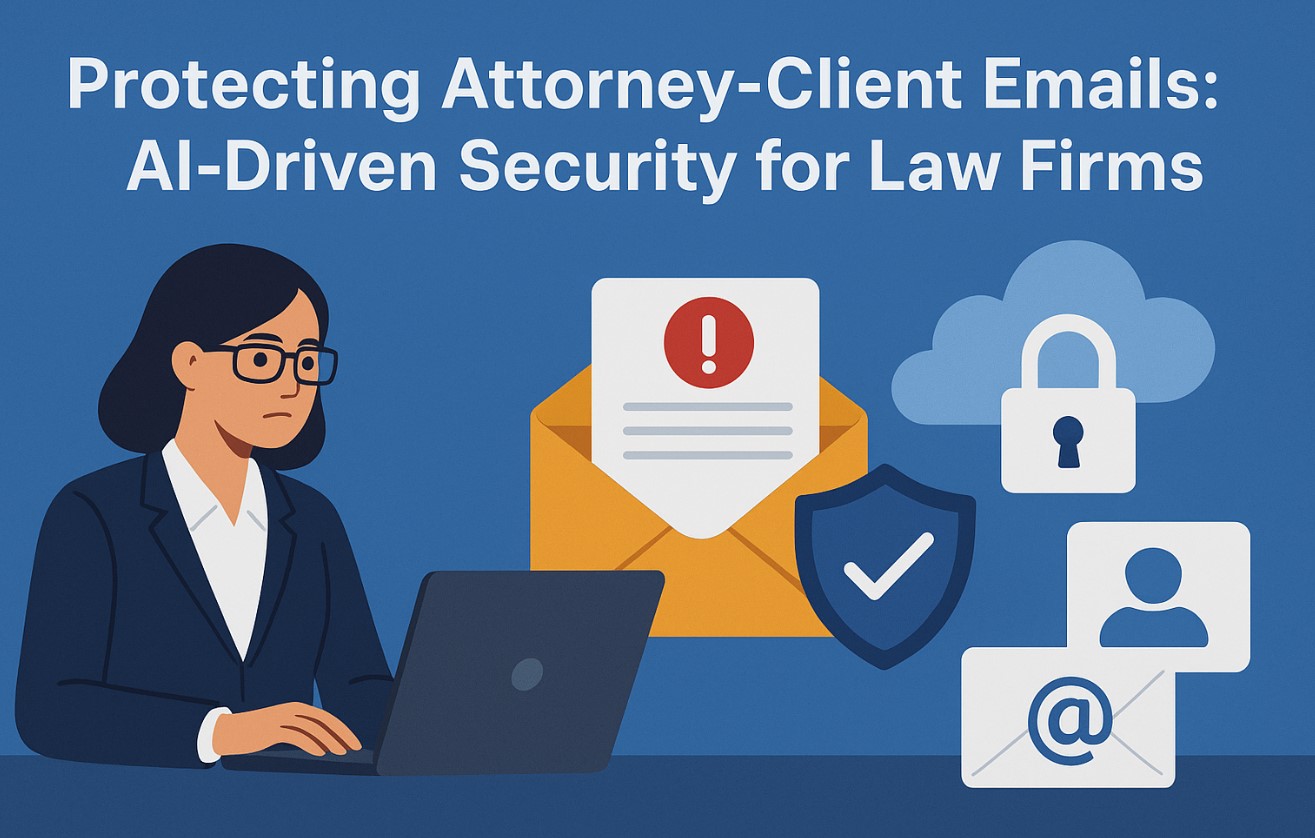

.png)

.png)
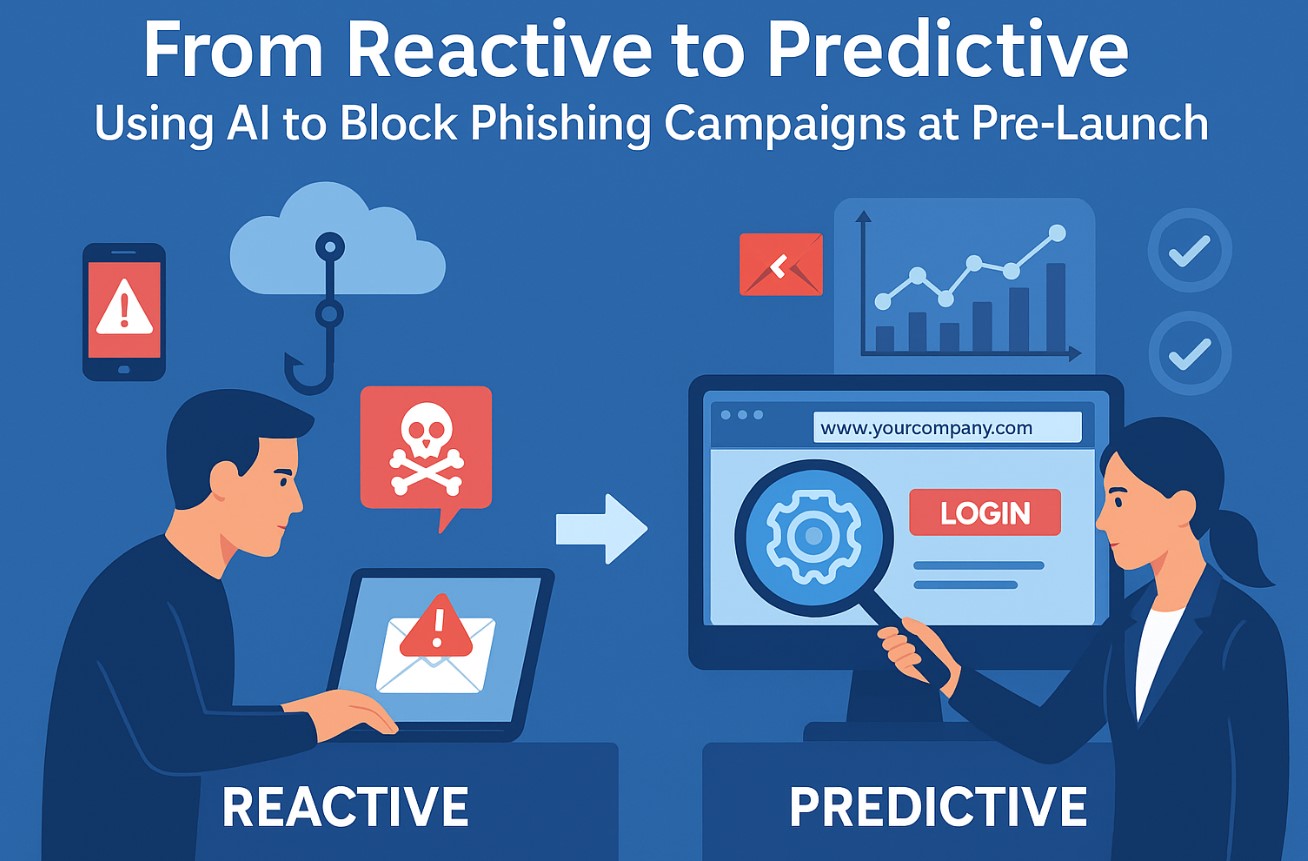


.png)
.jpg)
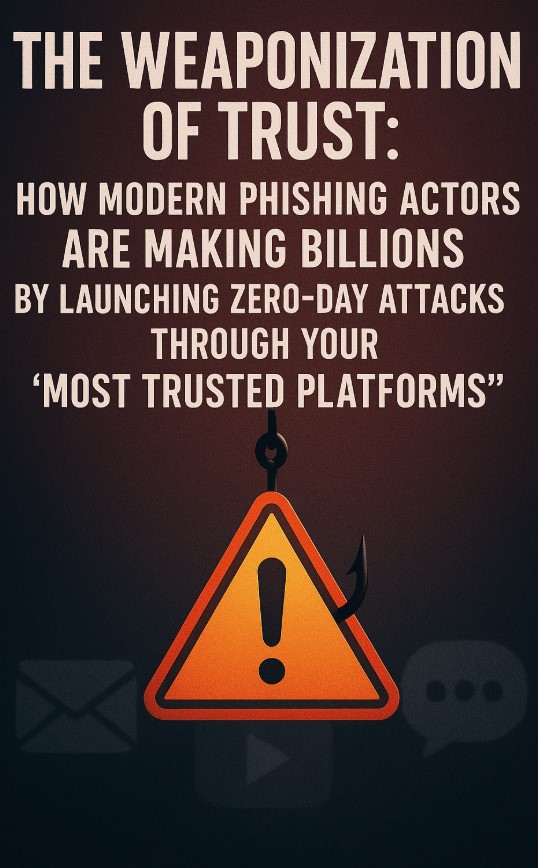


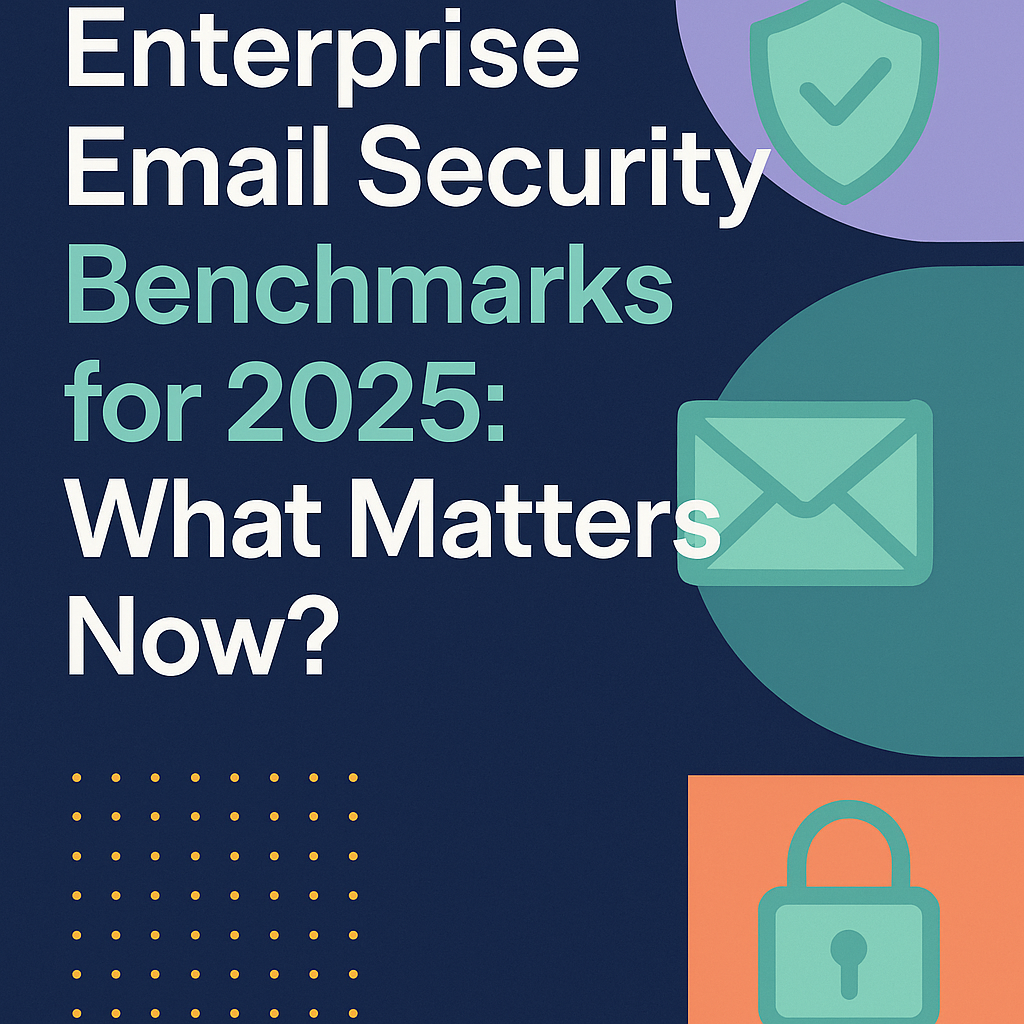
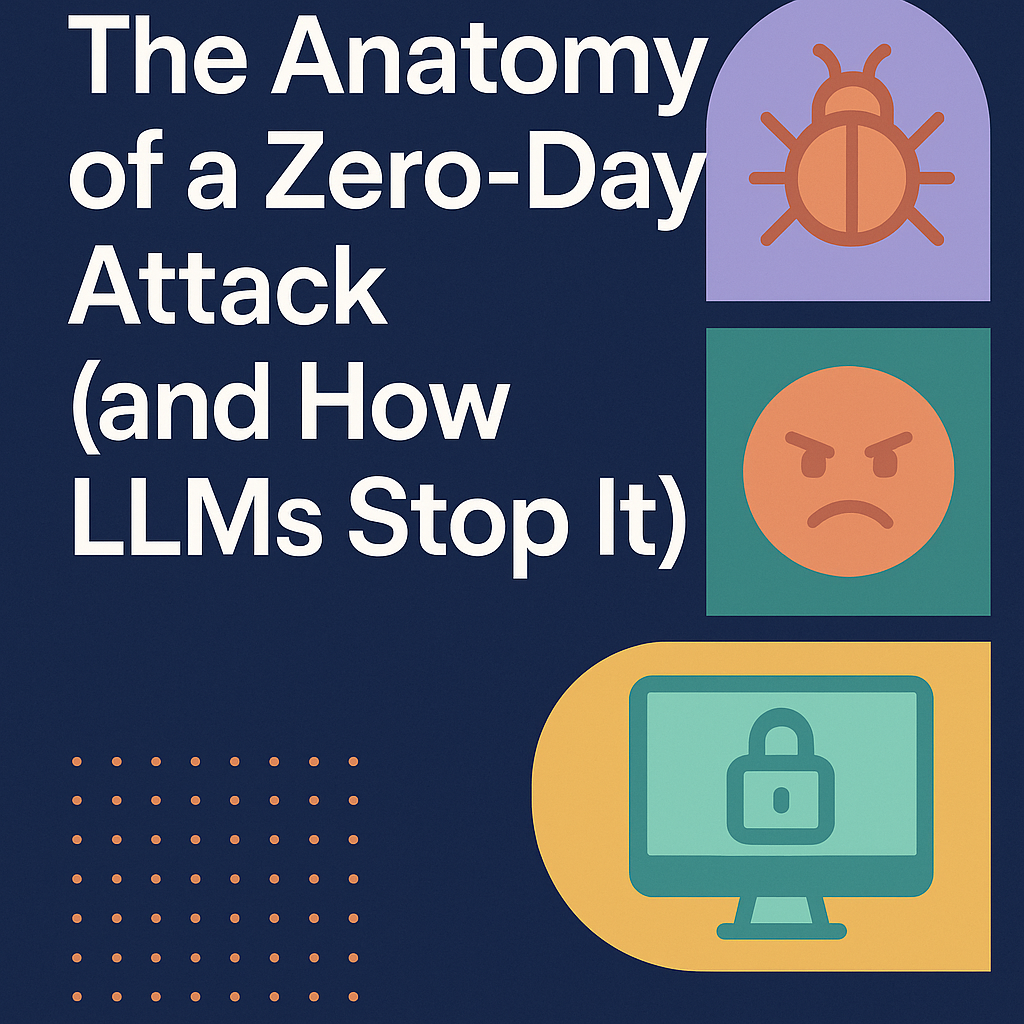
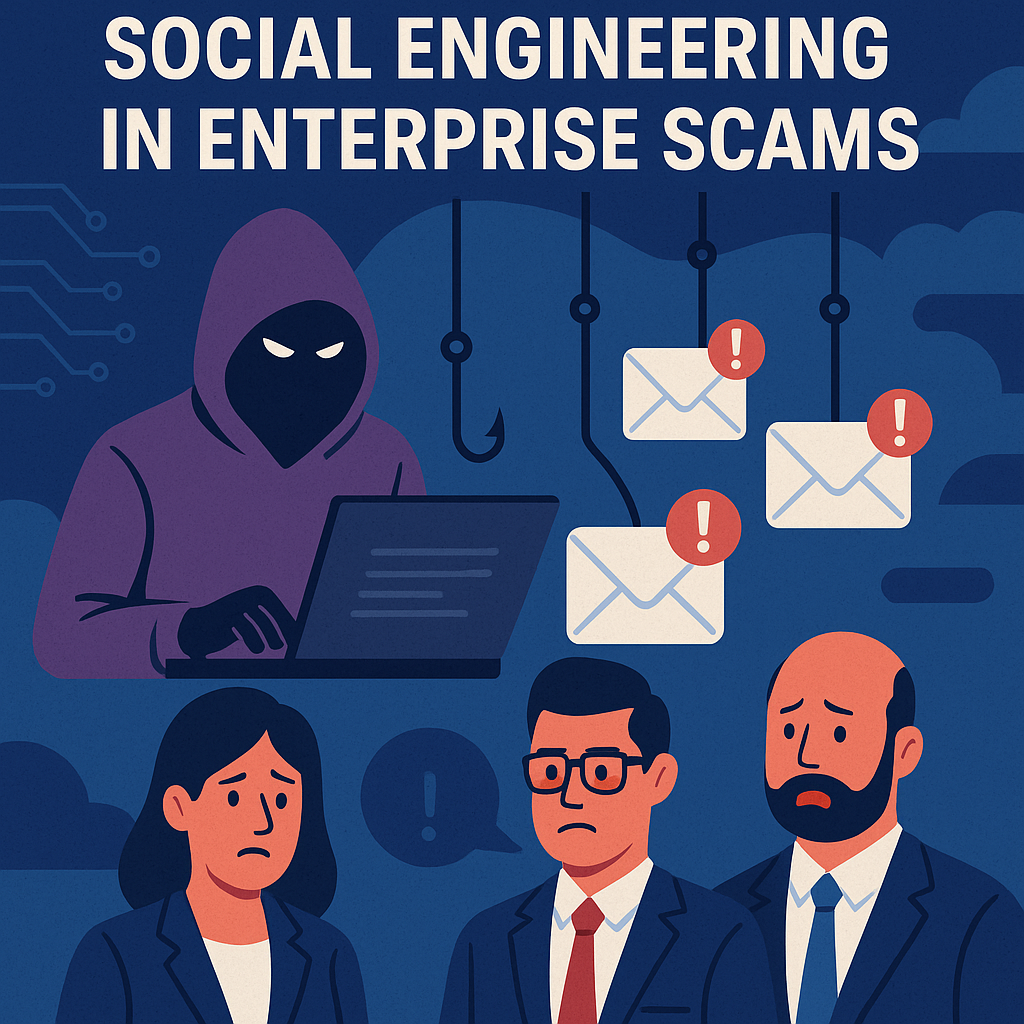
.png)







.png)































%20Attacks%20in%202025.jpg)









